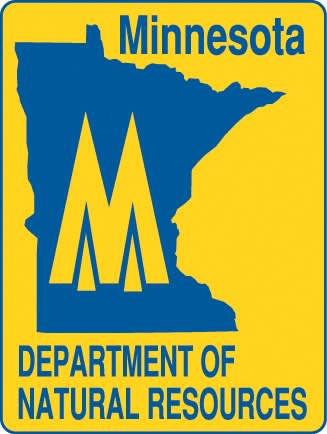Minnesota Waterfowl Hunters Reminded to Avoid Spreading Invasive Species

With the hunting season upon us, it’s waterfowl hunters’ turn to help Stop Aquatic Hitchhikers, according to the Minnesota Department of Natural Resources (DNR).
Hunters must take steps to avoid inadvertently transporting aquatic invasive species during the upcoming hunting season. Without the proper precautions, invasive species such as purple loosestrife, faucet snails, Eurasian watermilfoil and zebra mussels could be transported in waterfowl hunters’ boats, decoys or blind material.
Invasive species can damage habitat for waterfowl, fish and other wildlife, and even cause die-offs of waterfowl.
“After hunting, take a few minutes to clean plants and mud and drain water from duck boats, decoys, decoy lines, waders and push poles,” said Christine Herwig, DNR invasive species specialist. “It’s the key to avoiding the spread of aquatic invasive species in waterfowl habitat.”
The DNR recommends that waterfowl hunters switch to elliptical, bulb-shaped or strap decoy anchors that won’t easily collect submergent aquatic plants. Like all users, waterfowl hunters should also drain water and remove plants and animals from boats and equipment.
Waterfowl hunters should remember that they must cut cattails or other plants above the water line when using them as camouflage for boats or blinds.
To kill or remove life stages of invasive species such as seeds or young zebra mussels that are difficult to see, the DNR recommends that boaters use a high-pressure spray, or a hot water rinse before launching into another water body. Rinse water should be at least 104 degrees.

